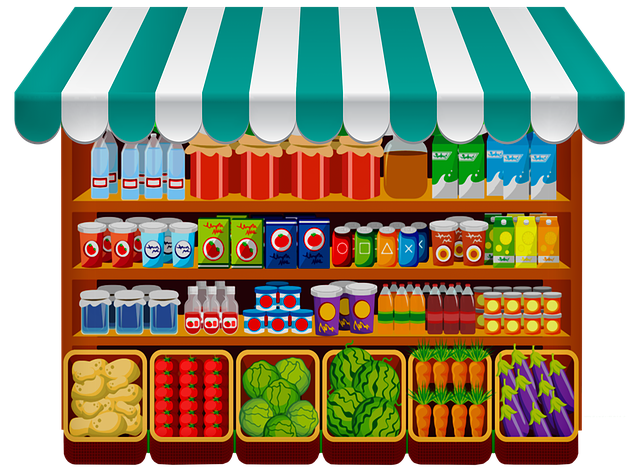Suppose you have a business related to food production. In that case, you must imperatively create a Hazard Analysis Critical Control Point plan or a HACCP plan before being approved to sell your products. The HACCP plan determines many things, such as preventing bacterias, having a contingency plan, adding elements to preserve the food for longer, and many more. However, there are six vital steps you need to do to create a HACCP plan which you can find below.

Here are 6 Steps for Creating a HACCP Plan
1. Do A Hazard Analysis
You need to analyze if there is a potential risk of hazardous elements such as chemicals entering the food process.
2. Check for Critical Control Points (CCPs)
You need to check if there is a critical point to remember when processing the food. For example, if a chicken can be poisoned due to excessive heat, you need to ensure that the staff members do not overheat and abid the CCP.
3. Set Critical Limits
You need to set critical limits such as staff member’s hair should be covered, they need to wear gloves, sneezing and coughing are not allowed, and many other things as this can quickly contaminate the food and tarnish your image.
4. Initiate a Monitoring and Verification Process
When you are in the food processing business, you need to have someone who is constantly monitoring and verifying if everything is being done under the working norms. For example, if someone is unsure of the temperature at which the food is being cooked, you need to do a temperature check to ensure the food is processed at the correct temperature.
5. Establish Corrective Actions
Whenever something went wrong in food processing, you need to take it as a lesson and take corrective actions to ensure this does not happen in the future.
6. Ensure to have Record-Keeping Procedures
The last thing to do is to keep a record of everything.
